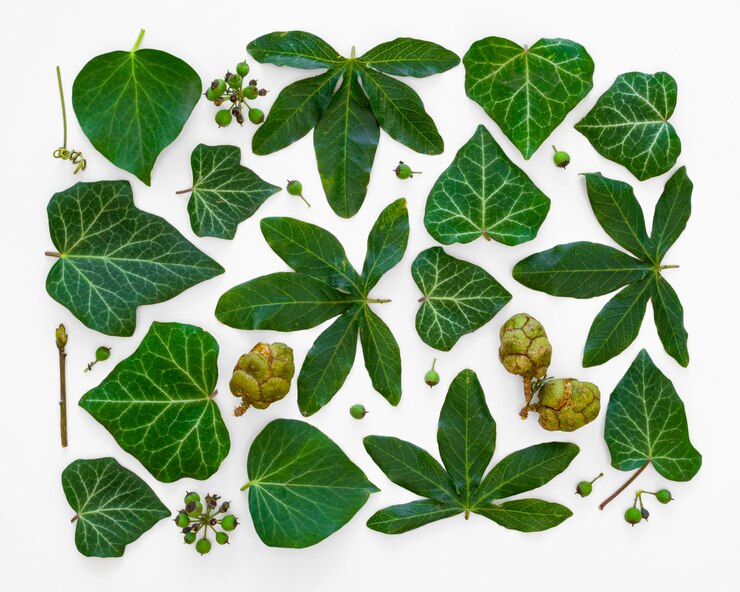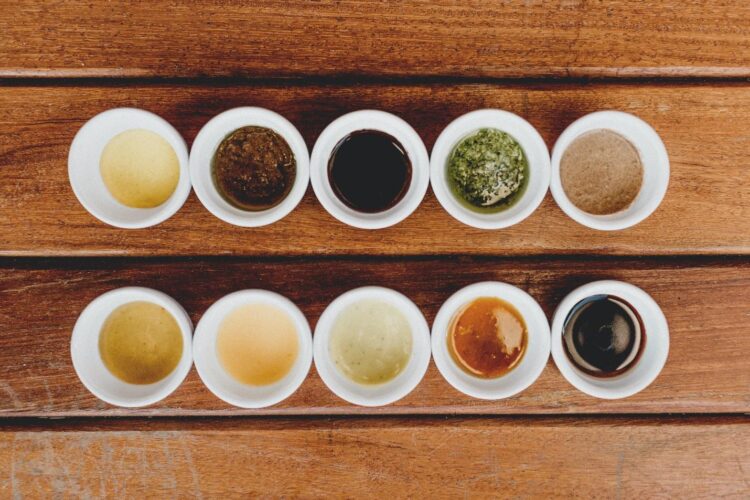Perilla leaves, also known as shiso or sesame leaves, are an integral part of Asian cuisine. They have a unique flavor and texture that gives dishes like sushi and ramen an interesting kick. Perilla leaves can be found in the produce section of many Asian supermarkets. Or if you’re lucky, you can find them growing in your backyard or a nearby park. To help you better understand what perilla leaves are, their uses in cooking, and more, this blog post will provide all the information you need. So read on to learn all about perilla leaves!
What is Perilla Leaves?
Perilla leaves come from the Perilla frutescens plant, which is part of the mint family. The leaves have a distinctively different shape than most other leaves, being long and oval-shaped with serrated edges. They are a bright green color and have a slightly minty smell.
Perilla leaves are popular in Asian cuisine, where they are used as a wrap for rice and meats or as a garnish. When cooked, the leaves take on a slightly sweet flavor. They can also be eaten raw, as they are in some salads.
In addition to their culinary uses, perilla leaves have also been used medicinally for centuries. They are thought to have anti-inflammatory properties and are sometimes used to treat colds and respiratory infections.
What are they used for?
Perilla leaves are used in a variety of dishes, both cooked and raw. They have a slightly minty taste and can be used as a garnish or as part of the main dish.
Cooked perilla leaves are often used as a wrapping for other ingredients, such as rice or meat. They can also be chopped and added to soups or stews. Raw perilla leaves are commonly used as a wrap for sushi or can be shredded and added to salads.
Health Benefits of Perillia Leaves
Perilla leaves are a good source of dietary fiber which helps to regulate bowel movements and can also help to lower cholesterol levels. The leave’s anti-inflammatory properties can help to reduce the risk of certain chronic diseases such as heart disease, stroke, and cancer. Additionally, perilla leaves contain high levels of antioxidants which can help protect the body against damage from free radicals.
1. Medicinal use
In Asian traditional medicine, perilla leaves are used to treat a variety of respiratory ailments such as bronchitis, asthma, and allergies. They are also used to treat stomach issues such as indigestion, nausea, and vomiting. Perilla leaves contain antioxidants and anti-inflammatory compounds that are thought to be responsible for these medicinal effects.
2. Anti-depressant properties
Perilla leaves contain anti-depressant properties that can help to improve your mood and reduce stress levels. The leaves contain a variety of compounds that work together to provide these benefits, including rosmarinic acid, which has been shown to have anti-depressant effects in studies on animals.
In addition to the Mood-Boosting properties of perilla, the leaves can also help to reduce stress levels. This is due to the fact that perilla contains compounds like luteolin and quercetin, which have been shown to have anti-stress effects in animal studies.
So if you’re looking for a natural way to improve your mood and reduce stress, consider adding some perilla leaves to your diet!
3. High in antioxidants
Perilla leaves are rich in antioxidants, which have many health benefits. Antioxidants scavenge harmful toxins and byproducts that can damage cells, leading to inflammation. They also help to protect cells from the damaging effects of free radicals. Free radicals are unstable molecules that can cause cell damage and are linked to many chronic diseases such as cancer and heart disease. Antioxidants help to protect cells from this damage and may reduce the risk of these diseases. Perilla leaves are a good source of several antioxidants, including quercetin, kaempferol, and catechins.
Perilla Substitutes
If you’re looking for a perilla leaf substitute, your best bet is to use shiso leaves. Shiso leaves are commonly used in Japanese cuisine and have a similar flavor to perilla leaves. If you can’t find shiso leaves, you can also use mint or basil leaves as substitutes.
Cooking with Perilla Leaves
Perilla leaves are most commonly used in Korean and Japanese cuisine, but they can be used in a variety of dishes from all over the world. Here are some tips on how to cook with perilla leaves:
– When using perilla leaves in a stir-fry, it is best to add them towards the end of cooking so they retain their color and flavor.
– Perilla leaves can also be used as a wrapper for steamed dishes or grilled meats.
– For a more intense flavor, try simmering perilla leaves in broth or marinating them in sauce before using them in a dish.
FAQs on Perillia Leaves
1. What are perilla leaves?
Perilla leaves are a type of aromatic herb that is often used in Asian cuisine. The leaves have a slightly minty flavor and are commonly used as a garnish or to add flavor to dishes.
2. Where do perilla leaves come from?
Perilla leaves come from the perilla plant, which is native to Asia. The plant grows best in moist, shady areas and can be found in both wild and cultivated form.
3. How are perilla leaves used in cooking?
Perilla leaves can be used fresh or dried, and are often used as a garnish or to add flavor to dishes. They can also be steeped in hot water to make a tea. When cooking with fresh perilla leaves, it is important to remove the stem first.
4. What are the benefits of eating perilla leaves?
Perilla leaves are rich in antioxidants and have anti-inflammatory properties. They are also a good source of vitamins A and C, iron, and calcium.



